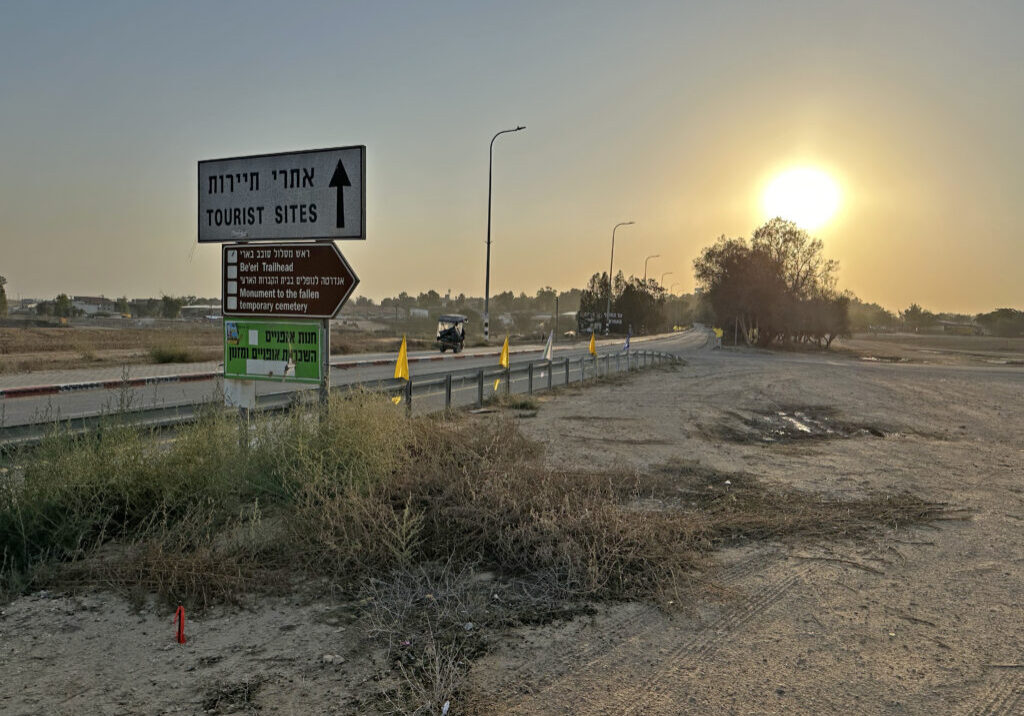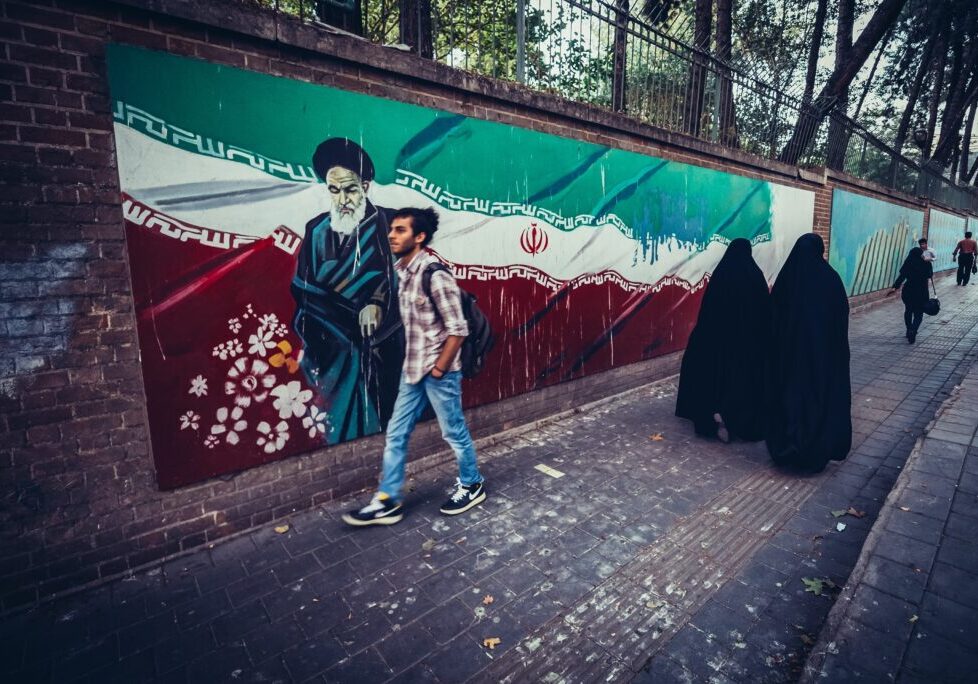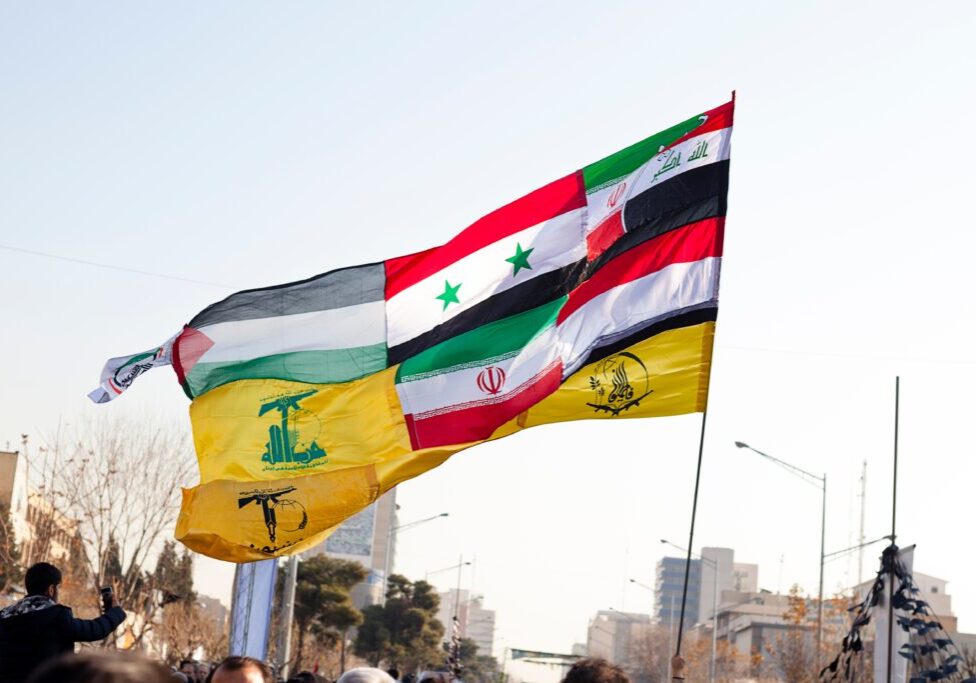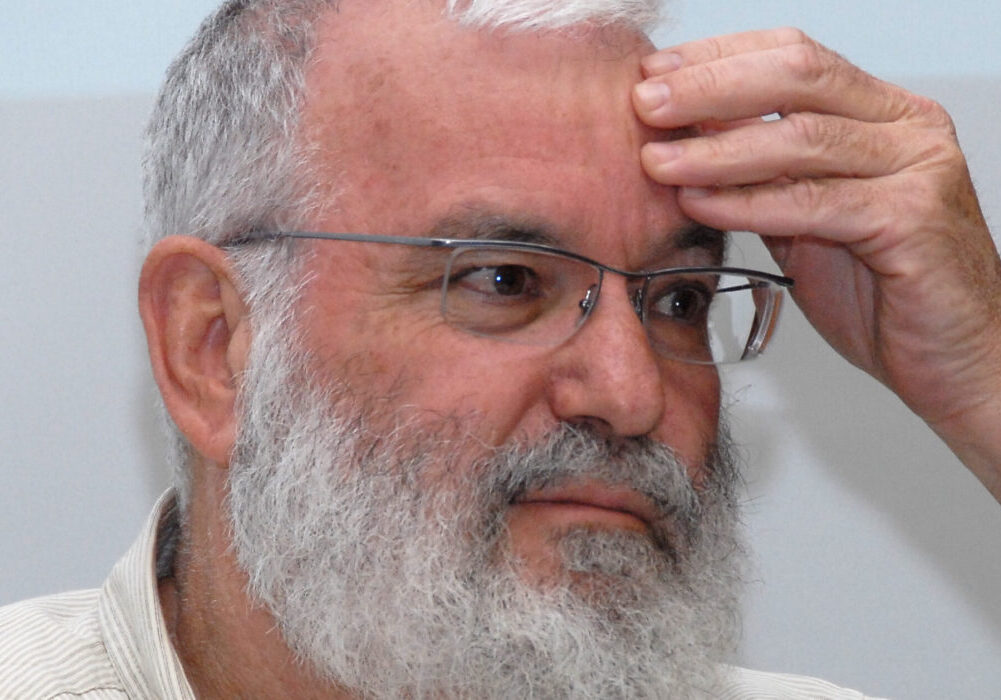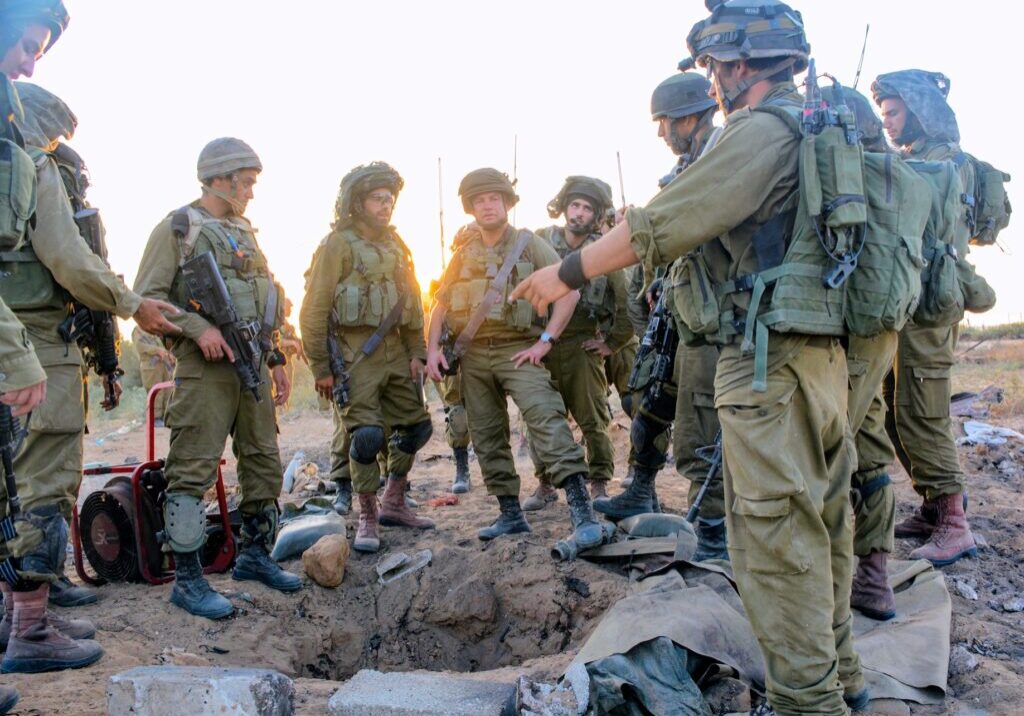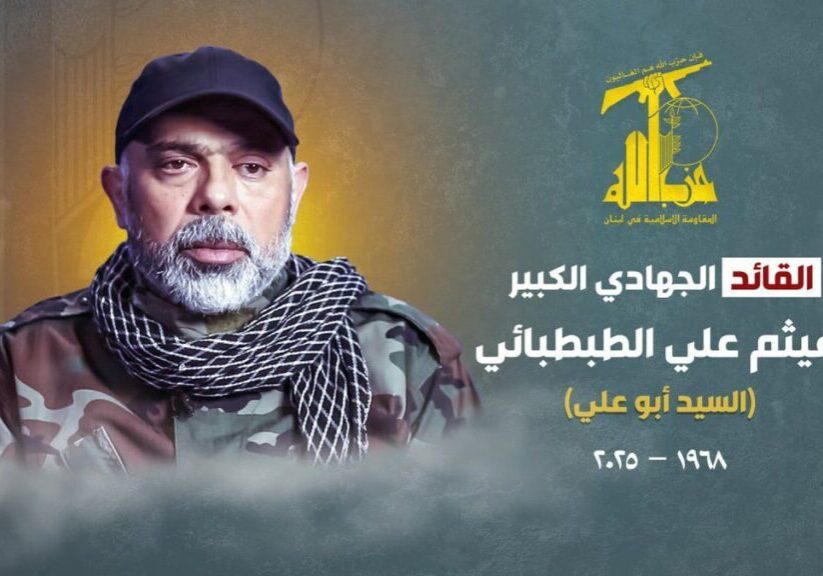Australia/Israel Review
After the Strikes
Sep 18, 2025 | Andrea Stricker
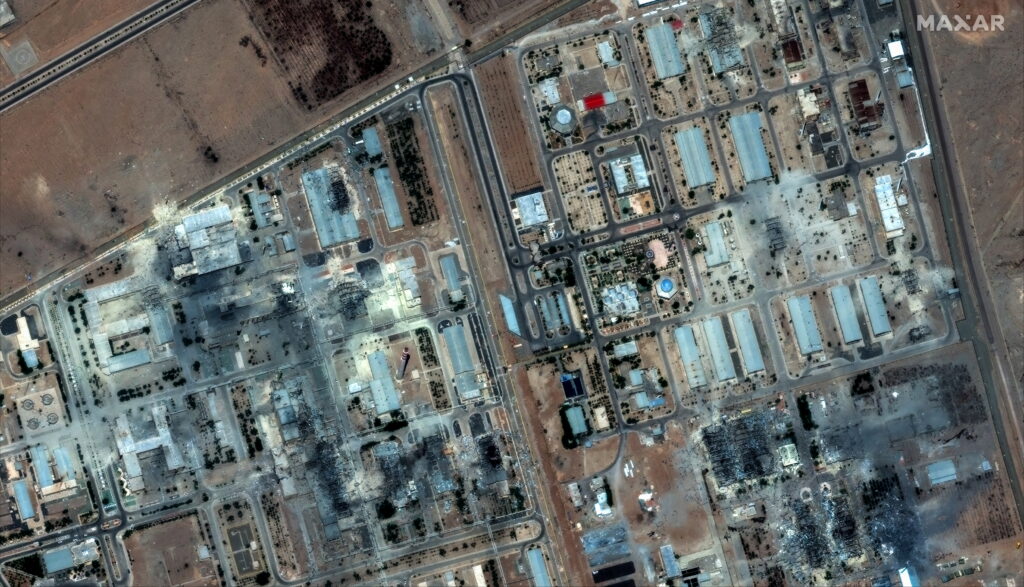
Preventing an Iranian nuclear resurgence
Israeli and US strikes on Iran during the 12-Day War last June likely decimated Teheran’s capacity to make nuclear weapons for years to come. The two countries must use this time wisely to prevent an Iranian nuclear resurgence.
While Jerusalem and Washington delayed the regime’s nuclear threat, preventing Teheran from rebuilding its nuclear breakout capacity requires sustained action. First, the Israeli Mossad must maintain its penetration of Iran’s leadership and nuclear program to uncover and sabotage any reconstruction efforts. Second, the United States, Israel, and key partners must detect and halt Teheran’s efforts to acquire needed nuclear equipment, focusing on assistance from Russia, China, and North Korea. Third, Washington and Jerusalem must be prepared to conduct additional military strikes to destroy any rebuilt Iranian nuclear facilities and assets.
What is needed for nuclear weapons?
The construction of nuclear weapons requires two primary steps: the development of specialised fuel and the fabrication of a bomb integrating the fuel, a process called weaponisation. Specialised facilities, equipment, information, and personnel facilitate these activities.
While an aspiring nuclear weapons state may also seek missiles capable of delivering nuclear weapons, a missile-delivery vehicle is not necessary to test an atomic bomb and establish nuclear-armed status. A state can transport nuclear weapons, for example, via truck, shipping container, or aircraft.
Despite international demands that it halt its nuclear activities, Iran was producing the necessary fuel – enriched uranium – for more than two decades. It possessed a uranium mine and mill, a conversion facility to transform uranium into gas form, and enrichment plants to increase the purity of the gas and separate out desired bomb-grade material.
Iran was the only non-nuclear weapon state amassing highly enriched uranium (HEU), or uranium enriched to 60% purity. Nuclear reactors for peaceful use typically run on uranium enriched below 20% purity. This left Iran a short step from 90% enriched nuclear weapons-grade material. As of May 2025, Iran had amassed enough enriched uranium overall to produce up to 22 nuclear weapons, with fuel for the first 11 bombs ready within a month – meaning it could make a small but formidable arsenal.
Teheran had also increased its work on weaponisation. It reactivated remnants of the regime’s prior effort to make nuclear weapons in the 1990s until 2003, known as the Amad Plan. In 2003, Teheran had downsized Amad after the international community detected its illicit nuclear program and facilities, compartmentalising remaining weaponisation activities at universities, research institutes, and military sites to allow incremental but sustained progress.
Israel opted to strike Iran in June because it detected Teheran undertaking new work at former Amad sites and elsewhere. Personnel were working on key weaponisation steps in preparation for the leadership’s final order to construct nuclear weapons. Israel claimed this effort was known only to a few senior Iranian officials, including the commander of Iran’s armed forces and a close adviser to Iran’s Supreme Leader. US President Donald Trump later claimed Iran was around two months from nuclear weapons.
In light of these developments, combined with Teheran’s growing missile, military, and terrorist threat and clear willingness to attack Israel as shown by its missile and drone barrages in April and October of 2024, Jerusalem could not tolerate the regime’s mounting proximity to nuclear weapons.
What capabilities did Israel and the United States eliminate?
Starting on June 13, Israel dealt severe blows to Iran’s uranium fuel-making and weaponisation capabilities.
Israel destroyed several sites where Teheran manufactured and tested centrifuges, the machines that enrich uranium, the uranium conversion facility at Isfahan, and the above-ground enrichment site at Natanz. Israel also stymied Iran’s potential to operate two other enrichment facilities, the below-ground Natanz enrichment plant and the deeply buried Fordow site, as well as the regime’s access to HEU stockpiled in tunnels near Isfahan.
In addition, Israel largely eliminated the regime’s future route to plutonium – another means of fueling nuclear weapons – by destroying an inactive nuclear reactor at Arak and associated facilities, as well as reactor fuel-making capacities at Isfahan.
Yet Jerusalem did not stop there. It decimated Teheran’s weaponisation capabilities so that even if Iran recovers enriched uranium fuel, the regime is in no position to turn it into weapons.
Targeted sites included a specialised Isfahan lab where Iran could transform enriched uranium to metallic form for atomic bomb cores; sites and equipment relevant to research and production of explosives for the shell that triggers a nuclear weapon detonation; and likely a facility associated with producing the inner core of Iran’s nuclear weapon, known as a neutron initiator.
Israel also destroyed the headquarters of Iran’s nuclear weapons activities, known as SPND, and associated research institutes in Teheran – possibly eliminating essential nuclear weapons documentation.
Operation Narnia, a specialised operation at the start of the war, also saw the Mossad and its agents assassinate up to 20 Iranian nuclear scientists in their homes. Most had experience in the Amad Plan and therefore specialised expertise in nuclear bomb-making. Scientists who survived and could replace those killed reportedly remain in hiding. Any Iranian scientist who dares work in the nuclear field now must fear assassination.
Israel’s remarkable military feats convinced US President Donald Trump to help finish off or restrict Iran’s access to key facilities. On June 22, surprise US bombing using massive ordnance penetrator bombs and Tomahawk missiles further disabled Iran’s access to HEU stockpiles in Isfahan tunnels, destroyed the underground enrichment plant at Natanz, and possibly damaged or rendered inaccessible – and thus inoperable – the Fordow plant. Another US strike on the Isfahan conversion plant ensured its annihilation.
While battle damage assessments remain underway – drawing on intelligence accumulated over subsequent months – Iran probably cannot make nuclear weapons for two years or more. Even if it can recover limited stockpiles of fuel, it likely lacks the ability to weaponise thanks to Israel’s strikes.
Detecting and preventing a resurgence
The Islamic Republic will likely attempt to rebuild its nuclear weapons program in the years ahead. The United States, Israel, and their allies and partners must prepare to thwart these attempts.
Israel’s operations against Iran’s weaponisation program in particular showed the extent of the Jewish state’s intelligence penetration of the regime’s nuclear activities. However, Teheran will undoubtedly institute draconian counterintelligence efforts to root out spies.
Israel must plan accordingly and ensure it has new recruits and agents who are well-protected yet positioned to learn of resumed nuclear efforts. From there, the Mossad can employ its time-tested tactics of sabotage to stop Iran from activating facilities and equipment for fuel-making and weaponisation.
However, Teheran could speed its progress to atomic bombs by securing nuclear assistance from Russia, China, and North Korea. For around two decades, due to consistent Western pressure, Moscow and Beijing have hesitated to directly assist aspiring nuclear weapons states like Iran with facilities and technical help. Yet both have turned a blind eye to unofficial assistance, such as sales of dual-use nuclear equipment from domestic companies to outfit Teheran’s nuclear facilities. The Kremlin also looked the other way as Russian nuclear experts advised Iran on dual-use processes relevant to weaponisation.
North Korea, meanwhile, is content to provide direct proliferation assistance for monetary gain. In Syria, it aided the Assad regime in building an illicit nuclear reactor, which Israel bombed in 2007, and may have assisted Teheran with early weaponisation and missile integration needs.
Detecting and preventing both direct and unofficial assistance, as well as unwitting sales of needed equipment by supplier states, will be challenging. Doing so requires enhanced US, Israeli, and partner intelligence efforts, cooperation with other countries to sound alarms about covert help, and collaboration with the private sector, which is often the first to detect illicit procurement attempts and shipments.
To that end, the United States must work with its European 3 or “E3” partners, the United Kingdom, France, and Germany, to restore by the end of September suspended and lapsed UN sanctions on Iran’s nuclear program, which outlaw nuclear trade with the regime. The sanctions would also reinstate a UN Security Council demand that Teheran halt all uranium enrichment.
At the end of August, the E3 triggered a 30-day clock for the return of UN sanctions, yet the trio remain prepared to negotiate an extension. Washington and the E3 must reject empty Iranian overtures to delay sanctions reimposition and ensure their full reimplementation in September.
Should these efforts fail, Washington and Jerusalem must directly destroy new Iranian nuclear facilities and stop Teheran from sprinting to nuclear weapons. This requires a commitment from future US and Israeli leaders to carry out new strikes and refuse to tolerate resumed Iranian enrichment and weaponisation work.
After the 12-Day War, Teheran is still recalibrating. Soon, it will be back to the business of rearming. Only removing the threat root-and-branch will stop Iran from making nuclear weapons.
Tags: Iran, Israel, United States, nuclear

